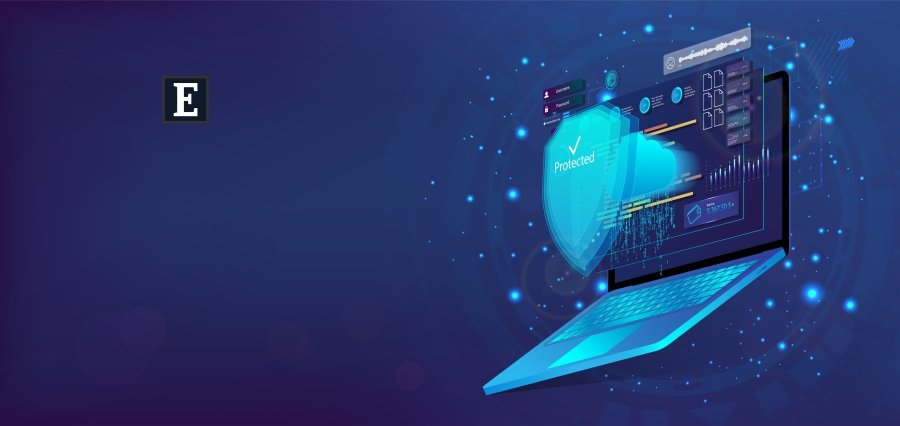Securing the Future
Cybersecurity stands as the most dangerous and volatile environment that exists in 2025. The combination of increasing artificial intelligence attacks with quantum computing development and digital expansion results in the highest risk for system and data security ever observed. The current danger of cybersecurity attacks has created space for fresh-minded leaders who are reconstructing established security approaches for 2025. These visionaries actively construct a safe digital environment in addition to protecting their systems from digital threats.
This article examines how trailblazing pioneers with their strategic beliefs direct their groundbreaking actions within the complex network of cyberspace in 2025.
The Shifting Threat Landscape
The 2025 cyber threats are sophisticated. AI malware develops new forms instantly, which evade current security measures. Quantum computers will achieve practical usability after their deployment, which will make standard encryption vulnerable to their processing capabilities. Billions of connected devices through the Internet of Things explosion continue to present new security risks. Ransomware attacks have become progressively sophisticated through their evolving methods, which now focus on essential infrastructure such as healthcare facilities and power grid facilities.
Visionary leaders understand that solely reactive security measures belong to history. These leaders advocate for a new security model based in proactive and adaptive measures that focus on protecting human interests. Their combination of creative technology and strategic vision helps establish resilience against unpredictable events.
Trailblazers of Proactive Defense
Dr. Aisha Khan, Chief Security Officer at a top global technology company, is one such leader. Khan has been a proponent of integrating predictive AI into cybersecurity processes. Her group created an AI-based system that examines patterns across millions of data points in order to forecast attacks before they strike. Rather than depending on recognized threat profiles like conventional systems do, Khan’s system makes use of machine learning to discern abnormalities in network patterns, detecting probable zero-day attacks. In 2024, her system defeated a subtle supply-chain assault aimed at a major cloud host, preventing billions of dollars worth of potential losses.
Quantum-Ready Innovators
Another pioneer, Dr. Miguel Alvarez, is getting the world ready for the quantum age. As Director of Quantum Security at a leading research institute, Alvarez is leading the charge to create post-quantum cryptography (PQC). With quantum computers on the verge of making existing encryption useless, Alvarez’s team has designed quantum-resistant algorithms that are being implemented by financial institutions and government agencies. In 2025, his efforts were recognized as a key player in NIST’s worldwide PQC standardization efforts.
Human-Centric Cybersecurity
Although technology plays an important role, visionary CEOs such as CyberMind CEO Sarah Lin prioritize the human factor. Lin’s company offers behavioral cybersecurity expertise, teaching employees to detect and resist social engineering attacks. Phishing, still a number-one threat in 2025, is becoming indistinguishable from real messages and voice scams using AI-created deepfake emails and voice phishing. Lin’s solution employs gamified training modules and real-time simulation to develop a “human firewall” for companies.
Ethical Leadership in AI Security
With AI both a tool and a threat, ethical leadership is more important than ever. Priya Sharma, AI-Sec Solutions founder, is leading the charge on responsible AI deployment for cybersecurity in 2025. Sharma’s company builds AI systems with embedded ethical guardrails so they cannot be hijacked for ill use. Her “AI Trust Framework” establishes transparency, accountability, and bias mitigation standards that are gaining popularity among regulators and businesses alike.
Collaboration and Community
There is a shared quality between these leaders: a focus on collaboration. Open-source initiatives, industrial partnerships, or public-awareness initiatives, they all understand that cybersecurity is a collaborative effort. Efforts such as the Global Cyber Alliance, which has the support of players like Khan and Alvarez, promote sharing of expertise and resource-sharing to counter threats. At the same time, Lin and Sharma’s focus on education means that individuals, from corporate employees to ordinary users, are equipped to help make the digital world a safer place.
Future of Cybersecurity in 2025
The visionary 2025 leaders are not only reacting to threats today but pre-empting challenges tomorrow. By using AI, getting ready for quantum breakthroughs, putting human behavior first, and ensuring ethical practices, they are reshaping cybersecurity as a forward-looking, inclusive, and resilient practice. Their efforts guarantee that while the digital universe grows, so does our capacity to safeguard it.
In an age where cyber threats are emerging at breakneck speed, these leaders set the example for a secure future. Their innovations and a shared dedication to collaboration and ethics are paving the way for a safer, more resilient digital age.
Read Also : Inside Zelensky Net Worth and His Financial Journey

